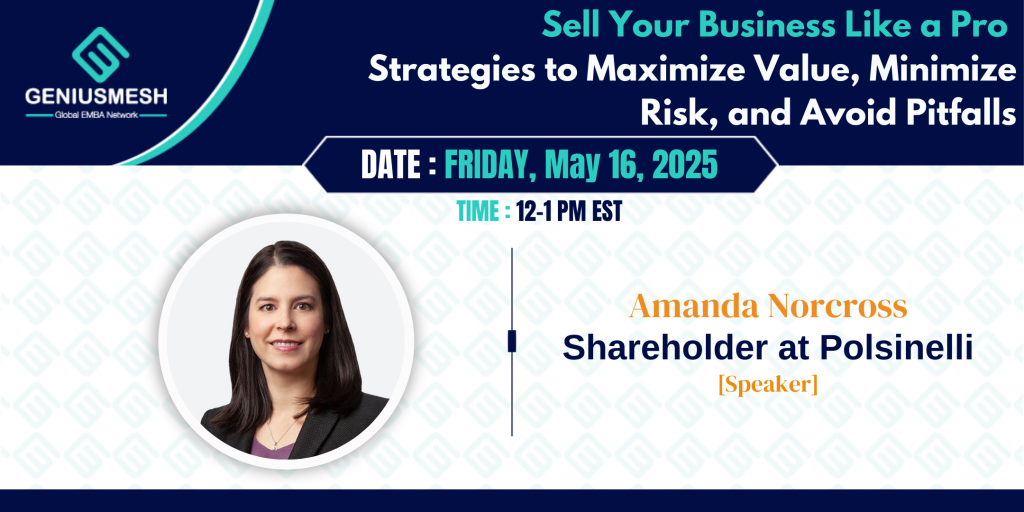At GeniusMesh, we believe internal career growth doesn’t always require changing companies. Sometimes, the boldest move is looking within. In our recent leadership panel on exploring career opportunities within organizations, we welcomed two accomplished professionals:
Chéla Gage, global HR executive with leadership experience at Starbucks, Raytheon, and Reformation
Jeremy Strickland, CEO of Workforce AI, former Head of Talent Acquisition at Amazon, and Chief of Staff at Google
The discussion was raw, practical, and deeply personal. Here are the major takeaways on achieving internal career growth.
Understand and Articulate Your Strengths
“Everyone is selling something.” – Chéla Gage quoted Daniel Pink’s book to emphasize the power of knowing and confidently communicating your strengths.
It’s not enough to do the work. To achieve internal career growth, you must translate your accomplishments into language that aligns with organizational goals. Women and people of color, in particular, often shoulder organizational problems quietly without being recognized. The key is learning how to self-advocate and use strength-based language to tell your story.
- Use tools like Strengths Finder and 360 reviews.
- Keep a “kudos” file with achievements.
- Practice telling your story with clarity.
The Harsh Truth: Performance Alone Doesn’t Guarantee Promotion
Jeremy shared a candid perspective. Organizations may not always have a clear incentive to promote high performers if they’re already delivering exceptional results in their current role. This can stall internal career growth.
Chéla added that soft skills like influencing across teams, reading a room, and resilience under pressure are just as important as technical excellence. She highlighted how promotion processes can be biased and subjective.
Know When to Stay, When to Leave, and How to Decide
Career ownership is critical. If you’re no longer growing, being fairly assessed, or aligned with company values, it’s time to reconsider your path. This is an essential principle for managing internal career growth effectively.
Navigate Biased Systems with Strategy
Force ranking systems like the 9-box model and bell curves came under critical review. Both panelists agreed these tools often penalize those at the margins and fail to account for identity, potential, and lived experience.
Chéla encouraged using assessments like Korn Ferry and building sponsors to advocate for you.
Create a Career Roadmap That Aligns With Life Priorities
Jeremy encouraged attendees to define where work fits into their Top 5 priorities: family, faith, fitness, learning, and career. Recognizing what you’re leading with in your current life season helps you decide whether to fight for a promotion or temporarily focus elsewhere.
Acknowledge Privilege and Identity in Career Journeys
Chéla highlighted the additional considerations women and professionals of color face in internal career growth. Jeremy acknowledged privilege in his own journey, reinforcing the importance of resilience and tailored strategies.
Final Thoughts
Internal career growth isn’t just about ambition. It’s about navigating systems, advocating for yourself, and aligning professional moves with your personal values. Our panel reminded us that:
- You must own your narrative
- You should know when you’re being undervalued
- You must align your professional path with your personal priorities
- And you are responsible for deciding when it’s time to evolve

The GeniusMesh team is a group of experts who are pioneers in executive hiring, unparalleled expertise in identifying and securing top-tier leadership talent. We have people from the top 30 Business schools across the globe who write thought-provoking content on Private Equity, Healthcare, Supply chain, Manufacturing, Technology, Finance, Venture Capital & other niches.
GeniusMesh is a pre-vetted network of 12k+ Executive MBAs who have over 16 years of operational & functional experience.



